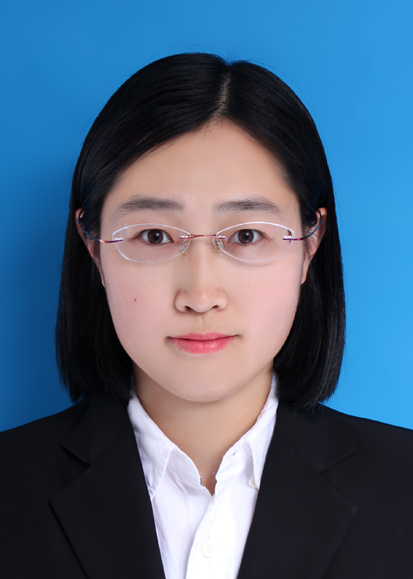范献方
|
|
范献方 女,1984年生,副研究员,硕士生导师 电 话:18013002826 E-mail:xffan@niglas.ac.cn 传 真:025-57714759 | ||
中国科学院大学个人主页:https://people.ucas.edu.cn/~xffan
研究领域及方向:沉积物污染与修复,环境微生物学, 泥水界面氮磷循环等相关方向
简历:
范献方,河南辉县人。本科毕业于河南大学,专业为环境科学,硕士毕业于中山大学,方向为水污染与水环境管理,博士毕业于中国科学院大学,方向为微生物分子生态学。博士毕业后曾在中国科学院南京土壤研究所做博士后,目前任中国科学院南京地理与湖泊所副研究员。
任职以来,主要从事湖泊沉积物内源污染与控制等方面的研究工作,研究内容包括微生物(特别是电缆细菌)介导下沉积物中营养盐氮磷的迁移转化过程与机制,此外研究还涉及湖泊沉积物中重金属铬Cr等的污染特征与修复等。先后主持国家自然科学基金青年基金项目1项和面上项目2项,江苏省自然科学基金博士后基金1项和面上项目2项;骨干参加国家自然科学基金联合基金项目和科技部国家重点研发计划等。迄今发表第一及通讯作者SCI论文11篇,中文EI及CSCD论文2篇,专利1项。SCI论文主要发表在环境科学及湖沼学领域Environmental Science & Technology,Science of the Total Environment,Frontiers in Microbiology,Chemosphere等知名刊物,并担任相关领域多个国内外期刊审稿专家。
代表性论著:
1. Fan Xianfang; Gao Shuaishuai; Zhang Yi; Qin Boqiang; Xu Hai; Ding Shiming*. Stimulation of high-concentration dissolved nitrogen and reactive phosphorus in Lake Taihu sediments on the initiation and maintenance of cyanobacterial blooms. Science of The Total Environment, 2022, 851: 158088.
2. Fan Xianfang; Ding Shiming*; Gao Shuaishuai; Chen Musong; Fu Zhen; Gong Mengdan; Wang Yan; Tsangc DCW. A holistic understanding of cobalt cycling and limiting roles in the eutrophic Lake Taihu. Chemosphere, 2021, 277: 130324.
3. Fan Xianfang; Xing Xigang; Ding Shiming*. Enhancing the retention of phosphorus through bacterial oxidation of iron or sulfide in the eutrophic sediments of Lake Taihu. Science of The Total Environment, 2021, 791: 148039.
4. Fan Xianfang; Ding Shiming*; Chen Musong; Gao Shuaishuai; Fu Zhen; Gong Mengdan; Tsangc DCW; Wang Yan; Zhang Chaosheng. Peak chromium pollution in summer and winter caused by high mobility of chromium in sediment of a eutrophic lake: in situ evidence from high spatiotemporal sampling. Environmental Science & Technology, 2019, 53(7): 4755-4764.
5. Fan Xianfang; Ding Shiming*; Chen Musong; Gao Shuaishuai; Fu Zhen; Tsangc DCW. Different influences of bacterial communities on Fe (III) reduction and phosphorus availability in sediments of the cyanobacteria- and macrophyte-dominated zones. Frontiers in Microbiology, 2018, 9:2636.


